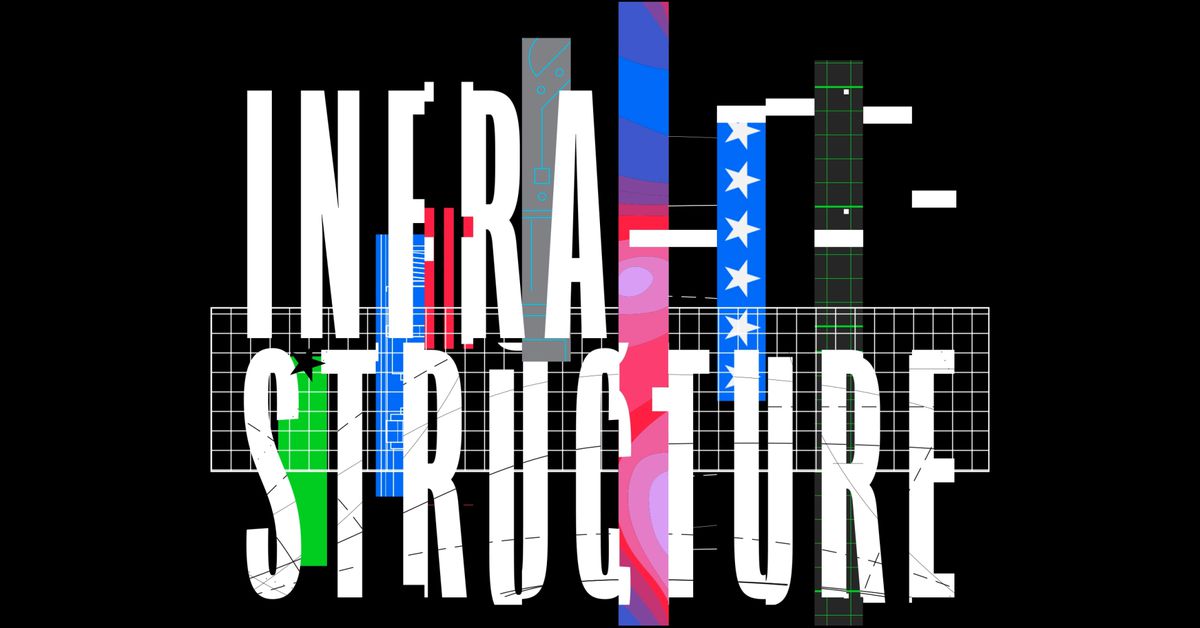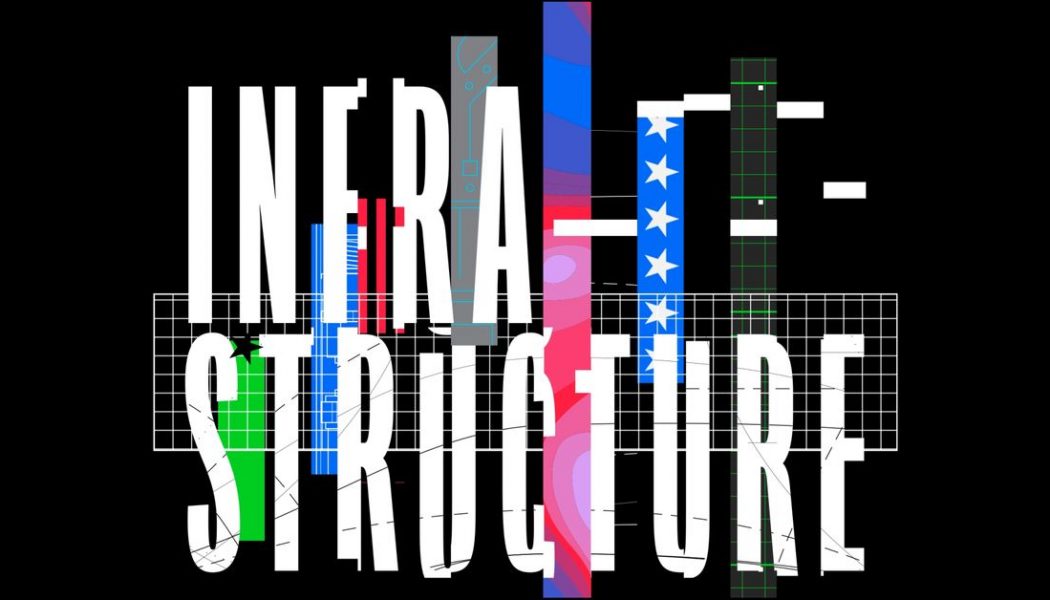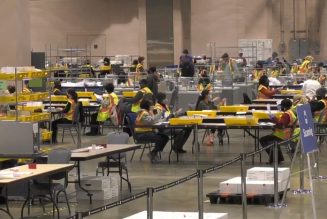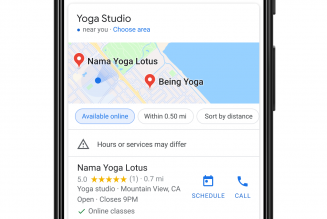
Some of the most important parts of our country are literally falling apart. Our airports are crumbling. Our buses and rail networks are hemorrhaging riders and falling into disrepair. Many of our bridges are so old they’re eligible for Medicare. And with the global pandemic crisis driving cities into an unprecedented budget crisis, things are likely to get worse before they get better.
Every four years, the American Society of Civil Engineers (ASCE) releases its “Infrastructure Report Card,” which assesses everything from ports and dams to transit, schools, and hazardous waste management. In 2017, the group gave the country a D+, the same grade it delivered in 2013. The US is on track to receive the same grade (or worse) in 2021.
Things shouldn’t have gotten this bad. Investing in infrastructure is a sure-fire way to juice job numbers in the midst of rising unemployment, with studies showing that every $1 billion of highway spending supports 13,000 jobs for one year. It’s the rare point of bipartisan consensus — and for the last four years, the White House and Democrats in Congress have made repeated overtures to cooperation on an infrastructure deal. But there is still next to nothing to show for it, and much of the national infrastructure is simply four years older.
At this point, a standard bundle of infrastructure money from Congress is no longer enough. We’re facing an array of distinct, interconnected crises — the COVID-19 pandemic, climate change, rampant income inequality, a national protest movement against white supremacy and police violence — that require enormous changes in our politics as well as our infrastructure. And with technology accelerating a shift in energy generation, transportation, automation, and the nature of work itself, it’s fair to assume that any old infrastructure plan isn’t going to cut it.
In short, we need an infrastructure revolution — and soon.
When we spend that money, we should do it with an eye toward the future — not just the next election, but the next generation. More than almost anything else the government does, infrastructure is about building for the future. Power plants and bridges and waste treatment facilities need to last for decades, up to and beyond 100 years sometimes. It forces us to answer a hard question: what do we think the country will look like in 2100? What do we want it to look like?
Infrastructure is a “long life cycle asset,” Gerald Buckwalter, who served on the National Infrastructure Advisory Council within the US Department of Homeland Security for presidents George W. Bush and Barack Obama, tells me. “Sometimes it’s difficult to think out that far because it’s too uncertain,” says Buckwalter. “[But] the longer our time horizon for our infrastructure investments, the more value our citizens will get from these investments.”
Typically, infrastructure plans are measured by price tags. They are judged by the number of miles of roads that are repaved or bridges repaired or airports revived. But wouldn’t a better metric be the degree to which the infrastructure plan dilutes the most serious, dangerous effects of climate change? Or helps end housing segregation? Or helps prevent serious public health problems? Or ensures that public transportation is adequately and robustly funded to meet the challenges of a post-COVID world?
In practical terms, that may look less like skyports for flying Ubers and more like bike lanes, pedestrian bridges, and high-speed rails. Facing the grim reality of climate change, infrastructure can help us shift to more sustainable, less polluting means of transportation. That means walking and biking in cities, alongside commuter rail and public transportation in suburban and rural areas.
We also need to focus on not losing the transit systems we already have. Transit agencies in the US are facing historic budget shortfalls as a result of the pandemic. Without at least $32 billion in additional emergency funding, many public transit agencies will soon be forced to cut services and routes for essential workers as well as furlough frontline workers, leaving our communities without service and jobs during an unparalleled pandemic.
This doesn’t mean abandoning highways and other auto infrastructure, but it does mean treating it differently. We can require states to “fix it first” before expanding highways — or even replace most highway-widening projects with bus rapid transit systems. We can renew the electric vehicle tax credit but also give tax breaks for other, lighter weight EVs, like e-bikes and scooters. The tax credit for electrics will go even further if it’s paired with a higher gas tax, as a kind of a one-two punch against gas-powered cars.
Infrastructure won’t save us from climate change or future disruptions to our economy and public health. But how our infrastructure evolves over the next 50 years will be a major determinant of the impact that climate change will have on civilization. By ignoring that infrastructure, we’ve dug ourselves into a hole. It’s time to support leaders who can dig us out.








